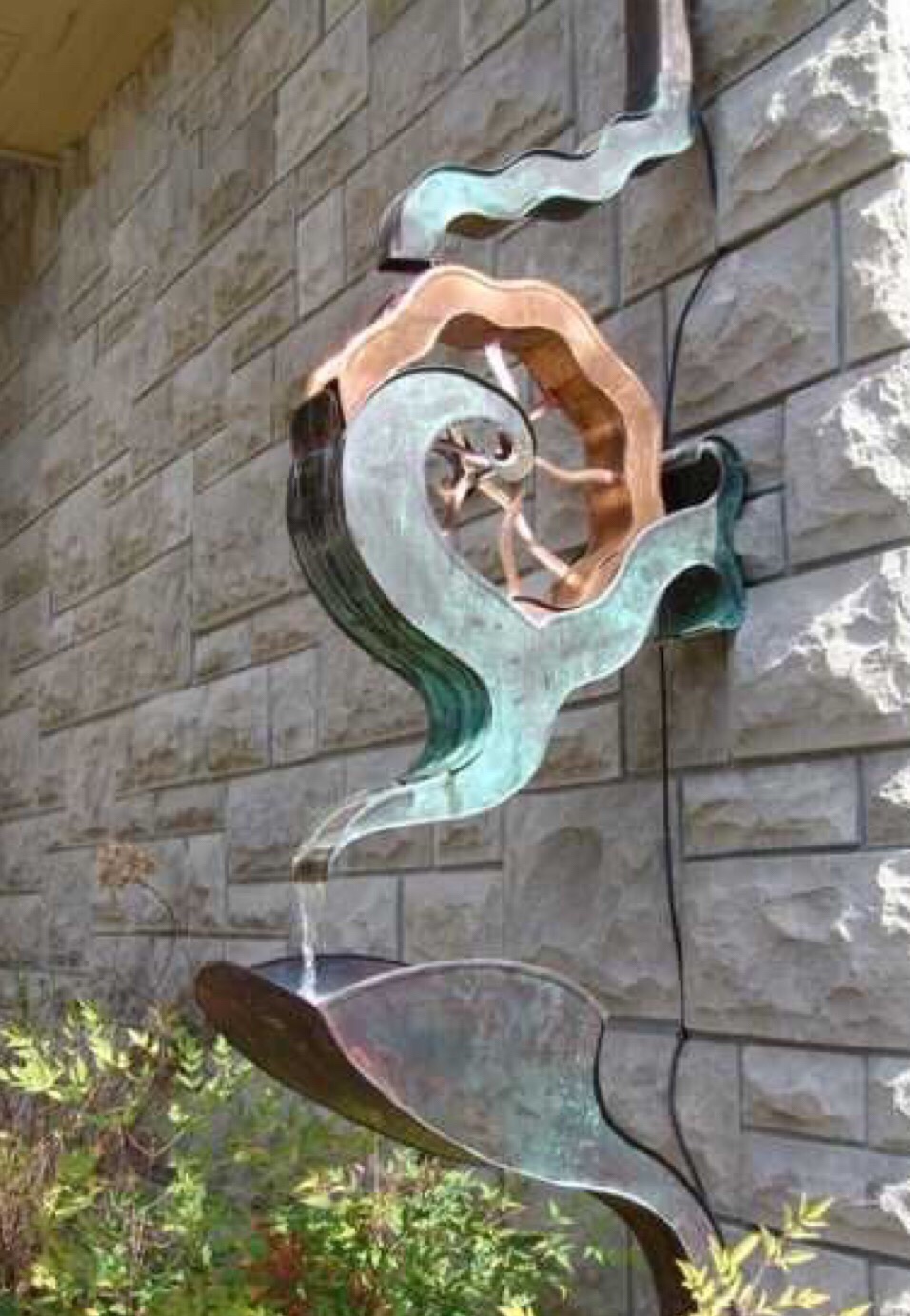


Rain chains provide a useful image of how neurons work.
Neurons link information to actions.
- Actions can be thoughts (neurons activation), emotions (hormone release) or movement (motor neuron activation).
Rain chains provide reminders that:
- Acts, words, emotions and thoughts are triggered by sensations (sights, sounds, touch, taste, smells).
- Sensations accumulate over time. A lot of individual drops on the roof combine to form the water at the bottom of the rain chain. Actions link back to sensations but it may take some work to tease out the link. The original sensation may be a very weak signal and there may be a long delay between signal and action.
- The sensations we’re exposed to, the books we read, the shows we watch, the music we listen to, the sights we see, the things we hear, the people we’re around; all impact how we act, what we say and what we believe.
